Art Workshop with Hareep Pakistan
Govt. Zia ul Uloom High School
2014
conducted by Asad Dawar, Bakhtyar Rasul, Fatima Kazmi, Jamshed Iqbal, Javeria Salar, Rashida Ali Khan, Sameen Anwar, Wajahat Amin.
Zia-ul-Uloom is a Government School which is situated in Raja Bazaar, Rawalpindi. An estimate of 150 students from Zia-ul-Uloom had signed up for the HARDEEP Pakistan workshop. The attendees of the workshop were students who resided in the surrounding areas, including some of the most underprivileged areas of Rawalpindi. Their experience of an artistic curriculum was limited due to the fact that art supplies are a steep luxury in a community whose main focus revolves around the achievement of profit. Despite this, it was astonishing to view the natural artistic skill and enthusiasm the students showed during the workshop.
The theme focused on this four-day workshop was concentrated on the surrounding neighbourhoods and the abodes of the students. On the first day, the participants were encouraged to draw an image that they associated with their homes. The resulting works showed a variety of themes, with certain students drawing their house and neighbourhoods, to other students depicting their ideas of Pakistan and its relation to family. On the second day, students were given materials such as, paper and scissors. They were then asked to illustrate maps showing the routes from their houses to the school. The session ended with some students demonstrating their routes on a larger map in front of their peers.
The map making exercise was especially highlighted in Rawalpindi’s school due to a number of reasons that relate to the workshop’s intention, in order to highlight peace and conflict resolution within the minds of youngsters. For many reasons, the workshops have been delayed and a particularly tragic reason in the case of this workshop was a bomb blast during the Shia Muharram festival in November 2013. Initially, Hareep Pakistan had organised to work within Zia-ul-Uloom in January 2014. However, the institute was affected by the bomb blast and was temporarily inaccessible for a period of time, necessitating this delay. The map-making exercise was therefore intended with the intention to reconnect studentsto their neighbourhood, through the practice of drawing and to consider thevarious religious landmarks within the neighbourhood critically and reflectively.
This is particularly pertinent given that the institute itself is based in what was previously an 18th century Sikh Mandir (temple). Within the surrounding area, there are also a number of properties built by Sikh traders who mostly migrated to India during the partition in 1947, who left these heritage sites and monuments to ruin. One of these historical relics is based in the school yard. The institute and Hareep Pakistan felt that encouraging students to creatively consider their local history would, in some way, be healing in relation to recent traumas and would encourage a liberal, grounded, historical and pluralistic reaction to their local society as well as its development over the decade.
Organizations such as Hareep are vital to the education of the children of Pakistan. With the expansion of artistic awareness comes the understanding of different cultures and ways of life. I have personally witnessed that when all other channels of communication are blocked, artistic education is the channel that crosses all boundaries.





